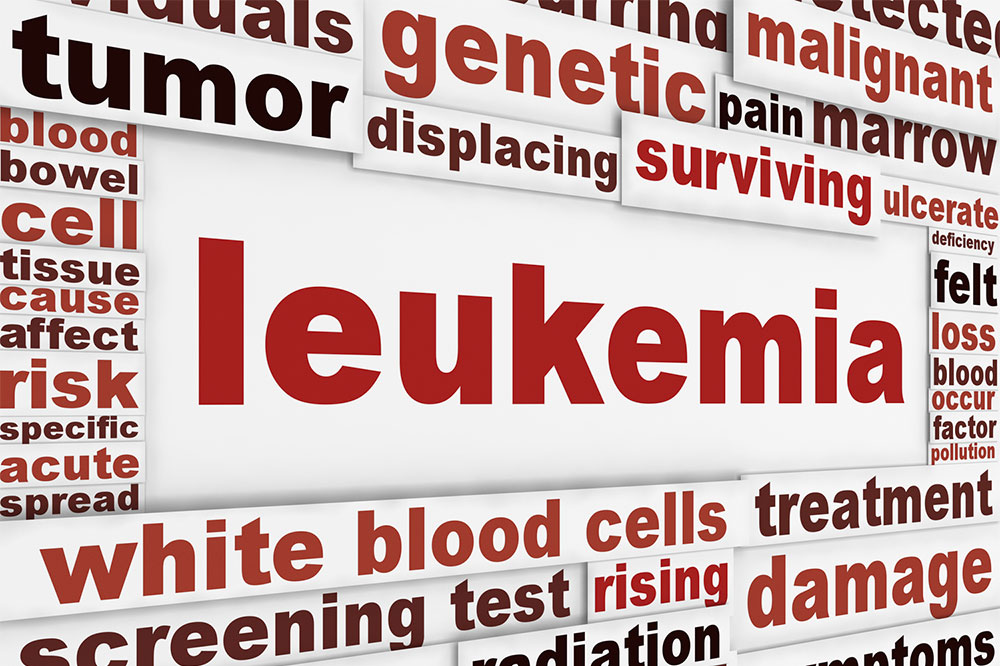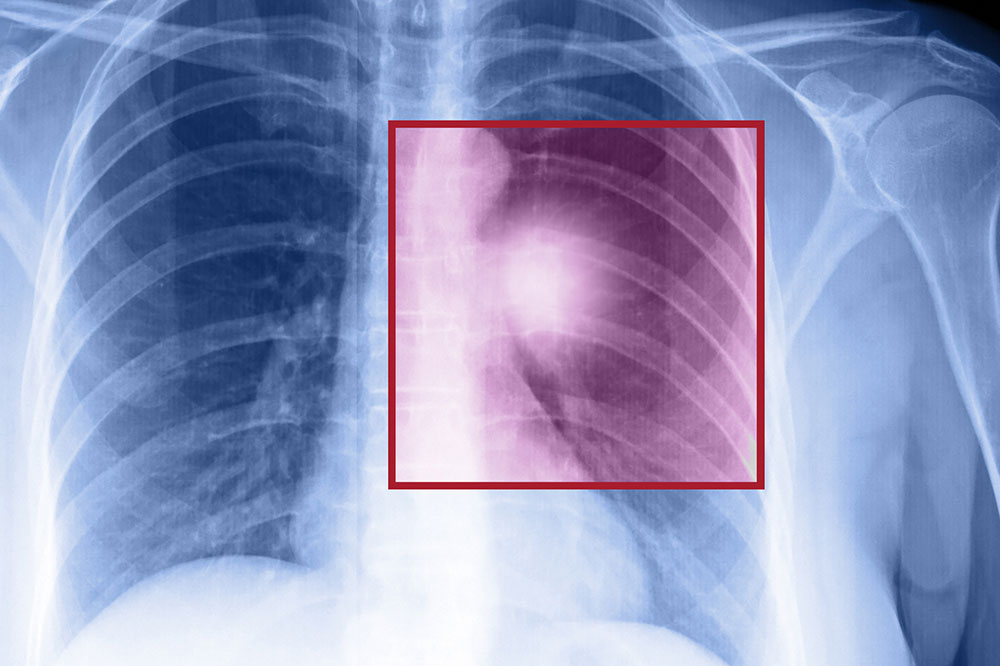Comprehensive Guide to Leukemia: Causes, Symptoms, and Types
This comprehensive article offers an extensive overview of leukemia, detailing its causes, risk factors, typical symptoms, and the various types of the disease. It emphasizes the importance of early detection and understanding genetic and environmental influences, supporting readers in recognizing signs and seeking prompt medical attention. The guide covers both acute and chronic forms, explaining their progression, affected cells, and treatment options to inform patients and caregivers alike.

An In-Depth Understanding of Leukemia: Causes, Signs, and Various Types
Leukemia is a complex and often daunting form of cancer that primarily affects the blood and blood-forming tissues within the body. It predominantly targets vital areas such as the bone marrow and lymphatic system, leading to abnormal white blood cell proliferation. Recognizing early signs of leukemia and understanding its underlying causes are essential steps toward early diagnosis and effective treatment. This comprehensive guide aims to shed light on what leukemia is, how it develops, risk factors involved, symptoms to watch for, and the different types of this disease.
How Does Leukemia Develop?
Leukemia develops as a result of genetic mutations in the DNA of blood-forming cells. While the exact cause remains uncertain, research suggests that a mix of genetic predispositions and environmental exposures contribute to its onset. Mutations cause abnormal white blood cells, often called blast cells, to grow uncontrollably and fail to mature properly. As these abnormal cells multiply, they crowd out healthy blood cells in the marrow, leading to a decline in normal cell function. This imbalance hampers the body's ability to fight infections, control bleeding, and carry oxygen, which manifests as the symptoms characteristic of leukemia.
Factors Influencing the Risk of Developing Leukemia
Although no single factor is solely responsible for causing leukemia, several risk factors have been identified through research. Understanding these factors can aid in early detection, especially for those with a family history or known exposure risks:
Genetic Conditions: Certain hereditary conditions, such as Down syndrome, increase susceptibility to leukemia by affecting normal cellular processes.
Previous Cancer Therapies: Patients who have undergone chemotherapy or radiation therapy are at higher risk due to the effects of these treatments on DNA in blood cells.
Family History: A familial tendency towards blood cancers suggests genetic predisposition that may be inherited.
Environmental Exposures: Long-term exposure to hazardous chemicals like benzene, which is used in the manufacturing of plastics and other chemicals, can elevate leukemia risk.
Other Factors: Maternal leukemia during pregnancy and certain viral infections, especially T-lymphotropic viruses, may contribute to leukemia development.
Recognizing the Symptoms of Leukemia
Leukemia's symptoms can be subtle initially but tend to become more pronounced as the disease progresses. Early detection significantly improves treatment outcomes. Key symptoms include:
Bone pain, tenderness, and swelling, particularly in the long bones and joints
Persistent fatigue, weakness, and lightheadedness due to anemia
Pale skin caused by lower red blood cell count
Night sweats and unexplained high fevers
Significant and unintentional weight loss
Enlargement of the liver or spleen, sometimes causing discomfort or fullness in the abdomen
Frequent infections that resist typical treatment and flu-like symptoms
Unusual bleeding, easy bruising, or frequent nosebleeds
Skin rashes, red spots, or petechiae due to thrombocytopenia
Mouth sores, sore throat, or tonsillitis that persist longer than usual
Pneumonia, persistent cough, and diarrhea in some cases
Different Types of Leukemia
Leukemia is classified based on how quickly it advances (acute or chronic) and the specific blood cells affected (lymphoid or myeloid). These classifications help determine appropriate treatment strategies and prognosis.
Acute Leukemia: Characterized by rapid progression and the proliferation of immature blood cells, leading to a swift decline in health if not treated promptly.
Chronic Leukemia: Develops more slowly, involving more mature cells, often remaining asymptomatic for longer periods, making early detection more challenging.
Further differentiation includes:
Lymphocytic Leukemia: Affects lymphoid cells, impairing immune response and often resulting in lymphadenopathy and immune deficiencies.
Myelogenous Leukemia: Impacts myeloid cells, leading to excess production of abnormal granulocytes and platelets, often causing blood clotting issues.
Major types include:
Acute Lymphoblastic Leukemia (ALL): More common in children but also affecting adults, characterized by rapid proliferation of lymphoid progenitor cells.
Acute Myelogenous Leukemia (AML): Most frequently diagnosed in adults, though it can affect children, involving rapid growth of myeloid precursors.
Chronic Myelogenous Leukemia (CML): Primarily impacts adults, typically starts asymptomatically but progresses quickly without treatment.
Chronic Lymphocytic Leukemia (CLL): The most prevalent leukemia in older adults, often found incidentally during routine blood tests.
Additional variants such as hairy cell leukemia, T-cell prolymphocytic leukemia, and myelodysplastic syndromes also exist, each with unique features and treatment approaches. Diagnosis generally involves blood tests, bone marrow biopsies, and genetic testing, while treatments may include chemotherapy, targeted therapy, immunotherapy, or stem cell transplants. Recognizing symptoms early and consulting healthcare professionals is imperative to improve prognosis and management.





